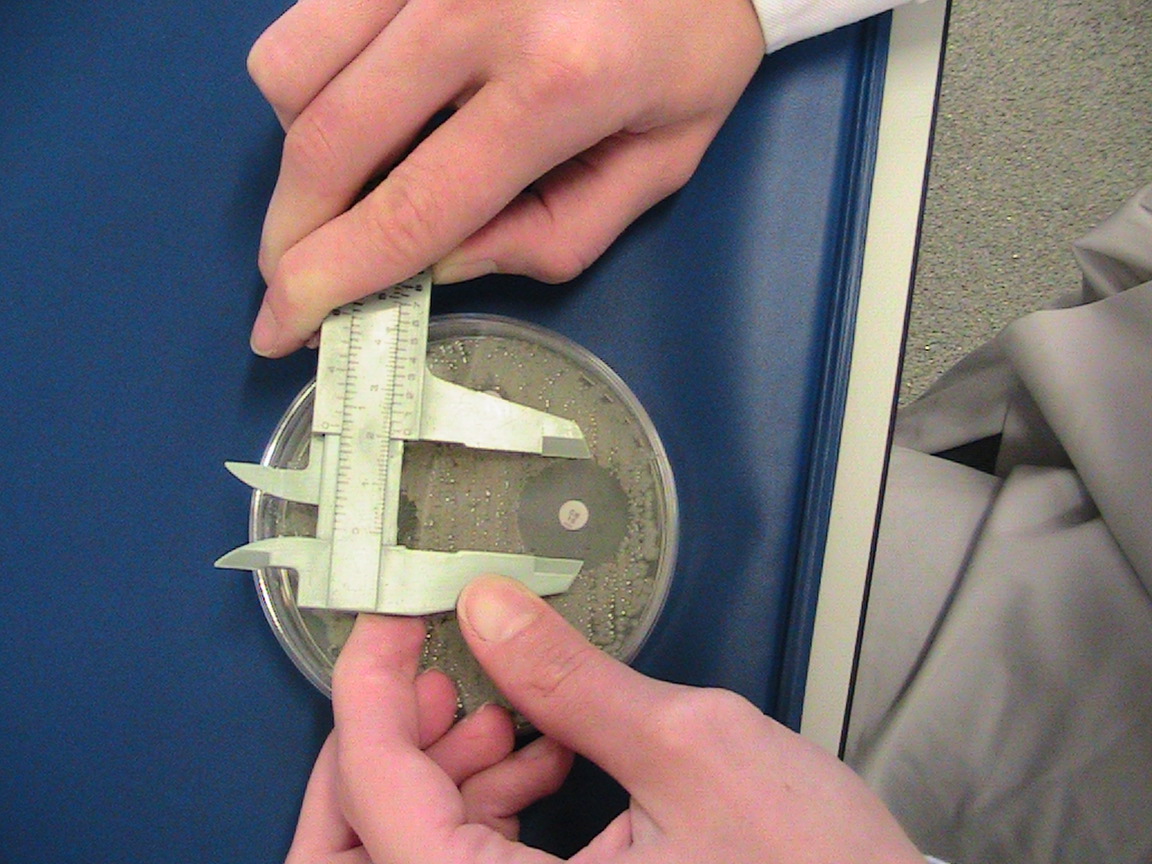Antibiotic resistance factors carried by environmental bacterial can provide a reservoir of resistance to disease-causing bacteria, via horizontal gene transfer. This risk is thrown into relief by new results from the lab of CSUN Associate Professor of Biology Cristian Ruiz-Rueda, which identify bacteria resistant to a “last-resort” class of antibiotics in the soil of urban and agricultural sites in greater Los Angeles.
The study, published this summer in the journal Microbiology Open examines isolates of soil bacteria collected at five “urban” sites in the central San Fernando Valley and four “rural” sites farther west, near Simi Valley. The authors — Master’s student Nicholas Lopez, post-baccalaureate pre-med student Cameron Farsar, and Lecturer Dana Harmon, in addition to Ruiz-Rueda — isolated carbapenem-resistant strains in the samples by growing them on agar plates treated with meropenem, a widely prescribed carbapenem antibiotic.
They found carbapenem-resistant strains in all nine soil samples, though the sites near agricultural facilities had substantially higher frequency of resistant bacterial cells. This may be explained by an association between manure and antibiotic-resistant bacteria — livestock treated with antibiotics are more likely to carry, and shed, resistant bacteria. DNA sequencing from the isolated resistant strains identified seven different bacterial genera, and testing with other, non-carpabenem antibiotics found that they were in many cases resistant to an array of drugs. Lopez et al. conclude that urban and agricultural soils in Southern California are an under-appreciated reservoir of diverse bacteria resistant to carbapenems and other antibiotics.
Image: A microbiologist measures the zone of inhibition created by an antibiotic-infused paper disc on an agar plate covered in bacteria — the same technique used by Lopez et al. to examine antibiotic resistance in their soil isolates. (Wikimedia Commons: Viv Rolfe)

